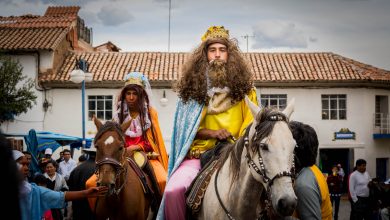Mama Yaku Mother Water

The majestic citadel of Machupicchu has 16 beautiful fountains to pay homage to Mama Yaku (Mother Water). Water runs through them and is thrown from one to the other. Bare feet produce musical sounds and melodies that the unukamayoq or water priests listened intently to in order to interpret what Mama Yaku wanted to tell them.

Marino Sánchez in his book dedicated to the sanctuary of Machupicchu writes: “I was crawling like a snake in resemblance to its movement. Similarly in the site’s places of offerings it has a channel built in zigzag. Its head is the semicircular temple where its stone eye emerges from the rock.” The water was always loved because without it there is no life and the Incas knew it.
Water is feminine and sometimes in heights above 4000 meters, we see it walk in the distance around the lagoons like a woman with long blanket that covers her head and the low skirts. This mirage only happens in misty sunrises where it is possible to see it clearly.
Sixteenth-century chroniclers did not specifically mention water, but they did so while discussing Wakas. To this day, Qosqo has channeled springs. In the basilica of the cathedral if we support our head on the altar of the Lord of Unupunku, the Christ of the “Door of Water”, we hear one of the streams of water that pass by this place. We can also hear the streams of these springs in the interior of buildings adjacent to the Av.Sol, where they pour their flow into the Saphi river that runs through an Inka channel.
There are many inkas and springs that appear as wakas in different ceque lines of the Four quadrant roads. It was said that they were offered shells called mullu which were Daughters of the Sea (Mother of all waters). Though the term mullu was applied to different shells of the sea, it was used more frequently for Spondylus. This mollusk is usually red or purple and lives in equatorial waters and also the very north of Peru.

Some of these sources still exist, unfortunately some do not. Polo of Ondegardo names the following:
• Pilkopuqyu, this spring was next to a house in Patallacta.
• Teqseqocha that was inside the house of Diego Maldonado.
• Calispuqyu, where ritual washing was going to take place in the Raymi or Warachiku festival.
• Kinuapuqyu, a fortress that designated by the Inka Yupanki as a shrine.
• Qorqorpuqyu where the water flowed with noise and to which children were offered.
• Capipachan that was in Capi in which the inka was used to bathe




